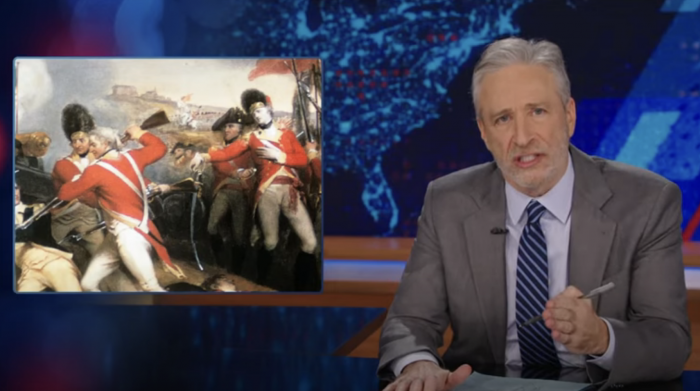

A Matter of Taste Review: Behind the Music "Top Chef" Edition
By Dustin Rowles | Film | March 15, 2011 |
By Dustin Rowles | Film | March 15, 2011 |
In 2000, at the age of 24, Paul Liebrandt became the youngest chef ever to receive three stars from the New York Times, a feat that should have instantly catapulted him into lifelong success. At the time, Liebrandt was popular for his surreal and artistic food combinations, dishes such as espuma of calf brains and foie gras or eel, violets and chocolate, dishes that looked like they belonged more in a modern art museum than in someone’s stomach. The arrogant Liebrandt, however, soon parted ways with his restaurant after a dispute over menu choices, a decision that would kick-start his humiliating and humbling eight-year fall into despair and unemployment.
Unfortunately for Liebrandt, his decision to leave his restaurant coincided with the events of September 2011, events that altered the restaurant landscape. Customers were no longer interested in haute cuisine; the trend was toward more inexpensive comfort food. It didn’t matter how good the food was, Liebrandt’s style no longer fit into a post-9/11 world. A year later, after a failed attempt to turn a neighbourhood bar into a more upscale restaurant, Liebrandt was flipping burgers at a bistro, biding his time, and awaiting his comeback opportunity.
Sally Rowe’s documentary, A Matter of Time expertly tracks Liebrandt’s fall from grace, how he was forced to cram humble pie into his face, and how he would eventually have to swallow his pride and make compromises to his style in order to accommodate changing commercial and culinary interests. Essentially, it’s a more sophisticated version of “Behind the Music” for “Top Chef” fans, a redemption story about a talented douche who learns to be less of a douche.
Because of the artistic nature of his dishes, Liebrandt’s food lends itself better to film than most chefs, and the man himself is a compelling almost-caricature of a pretentious artist type stubbornly trying to sell Renoir to a culture more interested in Thomas Kinkade. It’s a fascinating exploration of changing trends in food culture (reflected in the changing New York Times food critics over the 8 year period) and a compelling portrait of a brilliant chef trying to blend his style with the realities of the food world.
← Turkey Bowl Review: Put A Little Mustard On It | Conan the Barbarian Trailer: Contemplate This On The Tree Of Woe →

Jon Stewart Forcefully Makes the Case Against the Former President's Patriotism
Is The Royal Family Trying to Make It Look Like Kate Middleton’s Dead?
What’s Old Is New Again: Old Hollywood Glamour Glitters at the 2024 Oscars
Al Pacino Presents Best Picture Oscar, Confuses Everyone
The Dangerous Lie Of 'TradWives'
A Legendary Horror Franchise Is Headed To Television
More Like This
Al Pacino Presents Best Picture Oscar, Confuses Everyone
Kyle Mooney's Horror-Comedy 'Y2K' Goes Too Hard on Kyle Mooney's Sense of Humor
'Imaginary' Almost Sucks
Box Office Report: Kung Fu Sandworms
The 2024 Oscars Were Great Right Up Until the End
Reviews